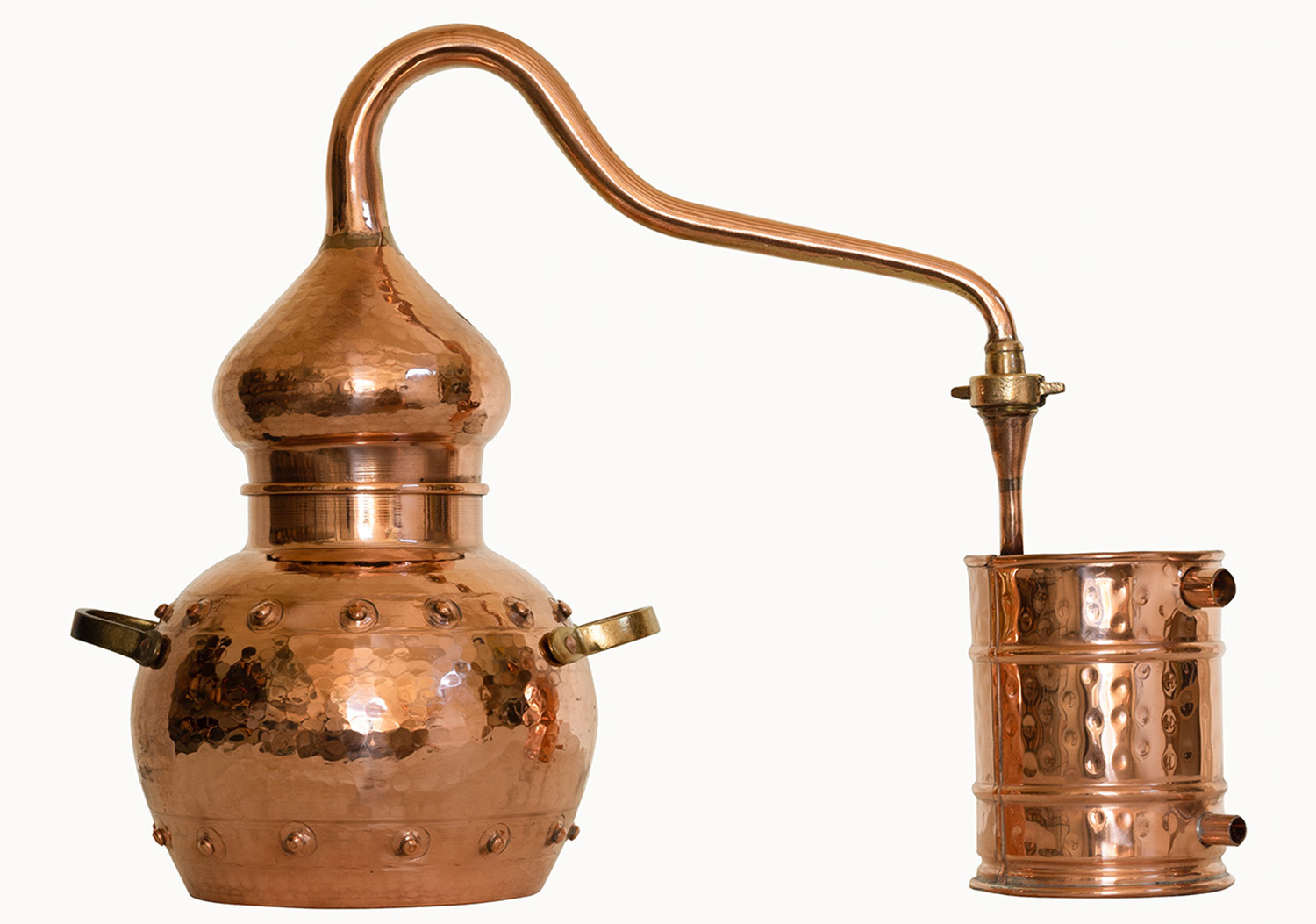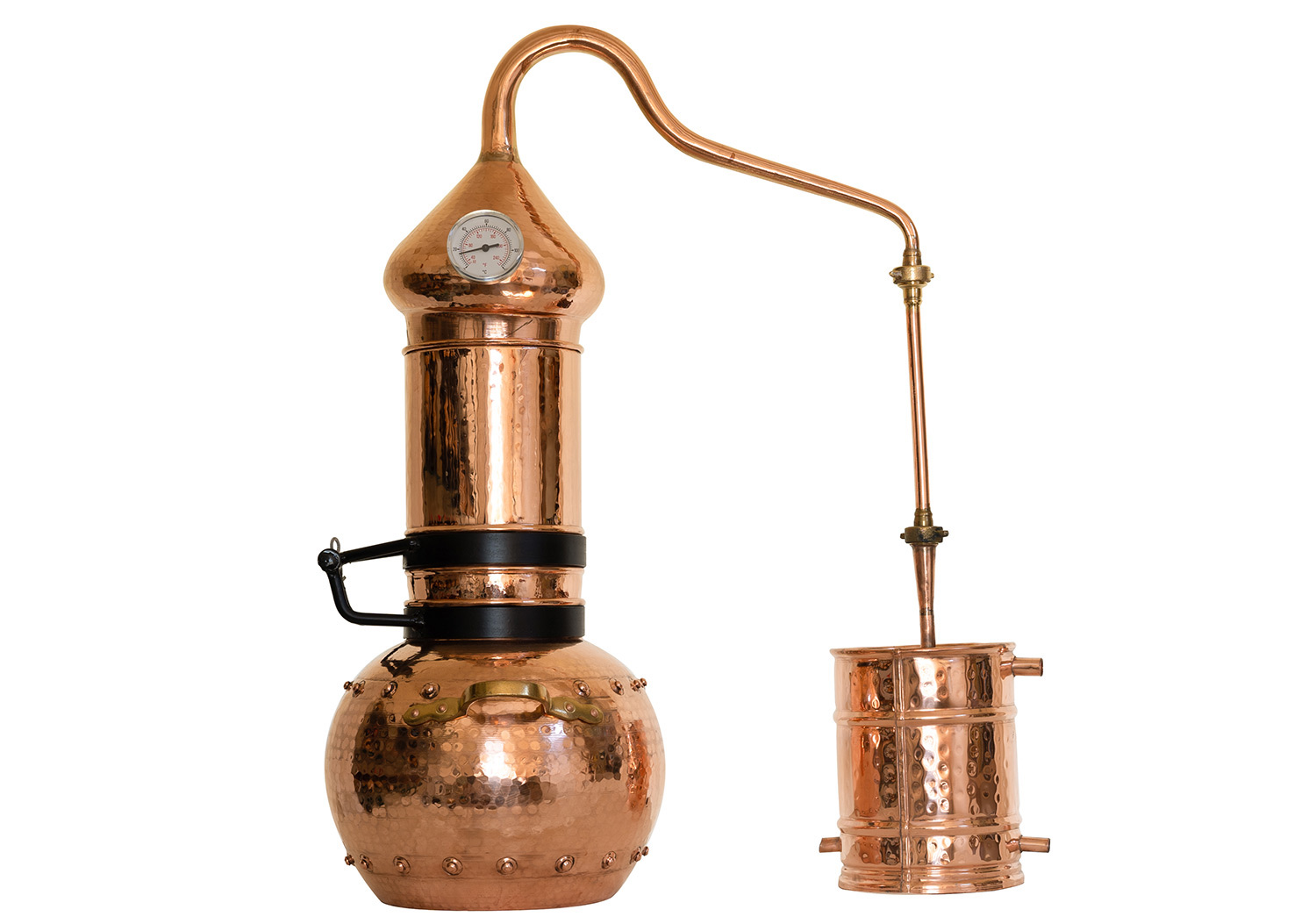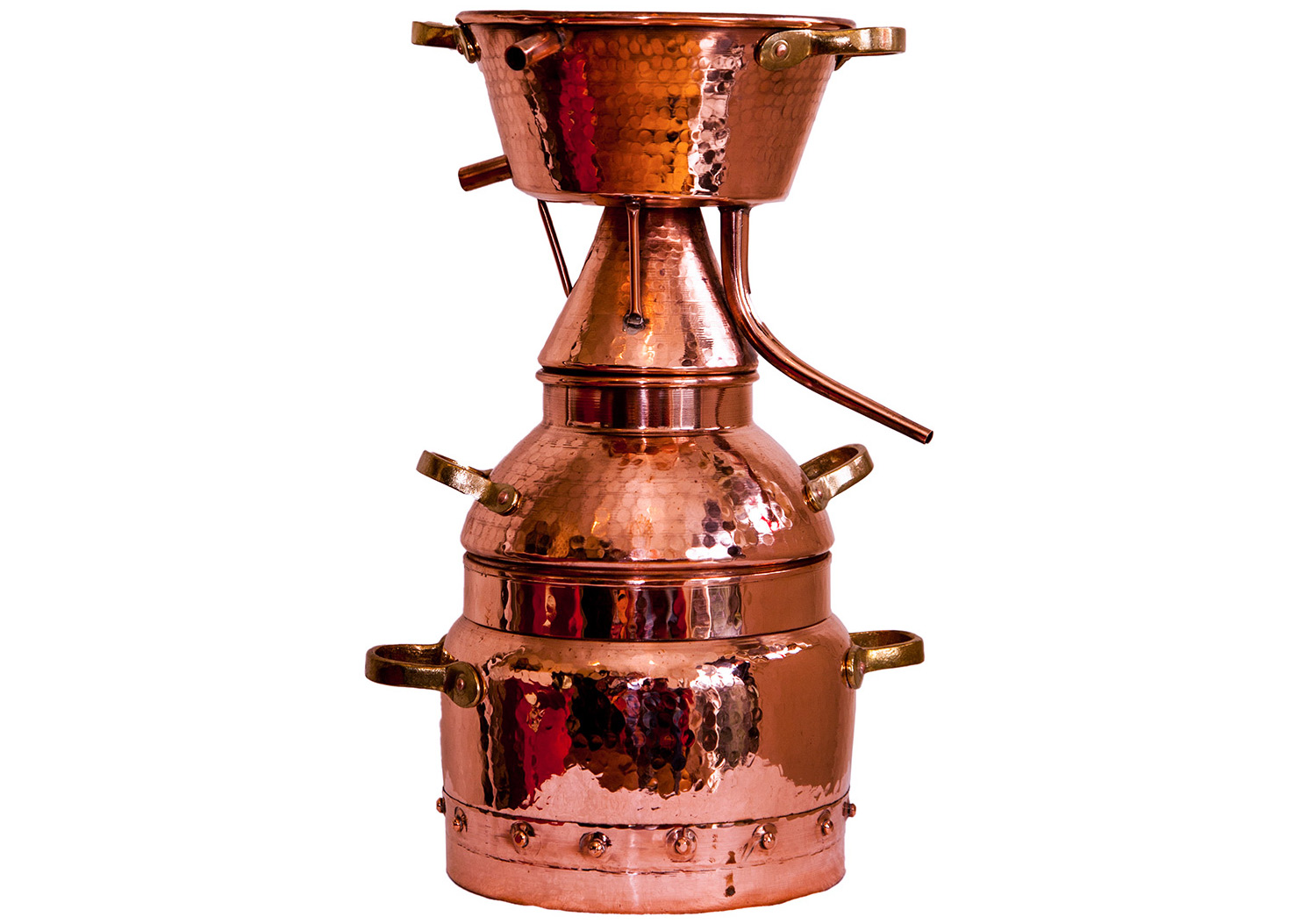This process is integral to alcohol production, industry and science. Over the centuries, advancements in distilling methods and changing regulations have made it more accessible, bringing the practice out of the exclusive domain of alchemists, monks and scientists, into the hands of the general public. Why not join a growing community?
What is Distillation?
Distillation (from the latin destillare meaning to drip or trickle down) is a process of separation by evaporation and condensation. The simplest way to visualise this is by thinking about the way steam settles into drops of water when it meets a cold surface.
A typical distillation begins by heating water and botanicals in a pot still. As the temperature rises the most volatile constituents of the water/plant mix begin to evaporate. Vapours accumulate and find their way to the condensing unit via a connecting tube or swan neck. Once the vapours come into contact with this cold surface they condense to their liquid state and trickle down to be collected in a waiting vessel, drop by drop. The most vital and alive part of the plant or flower is now captured in a liquid form. This is referred to as the distillate.
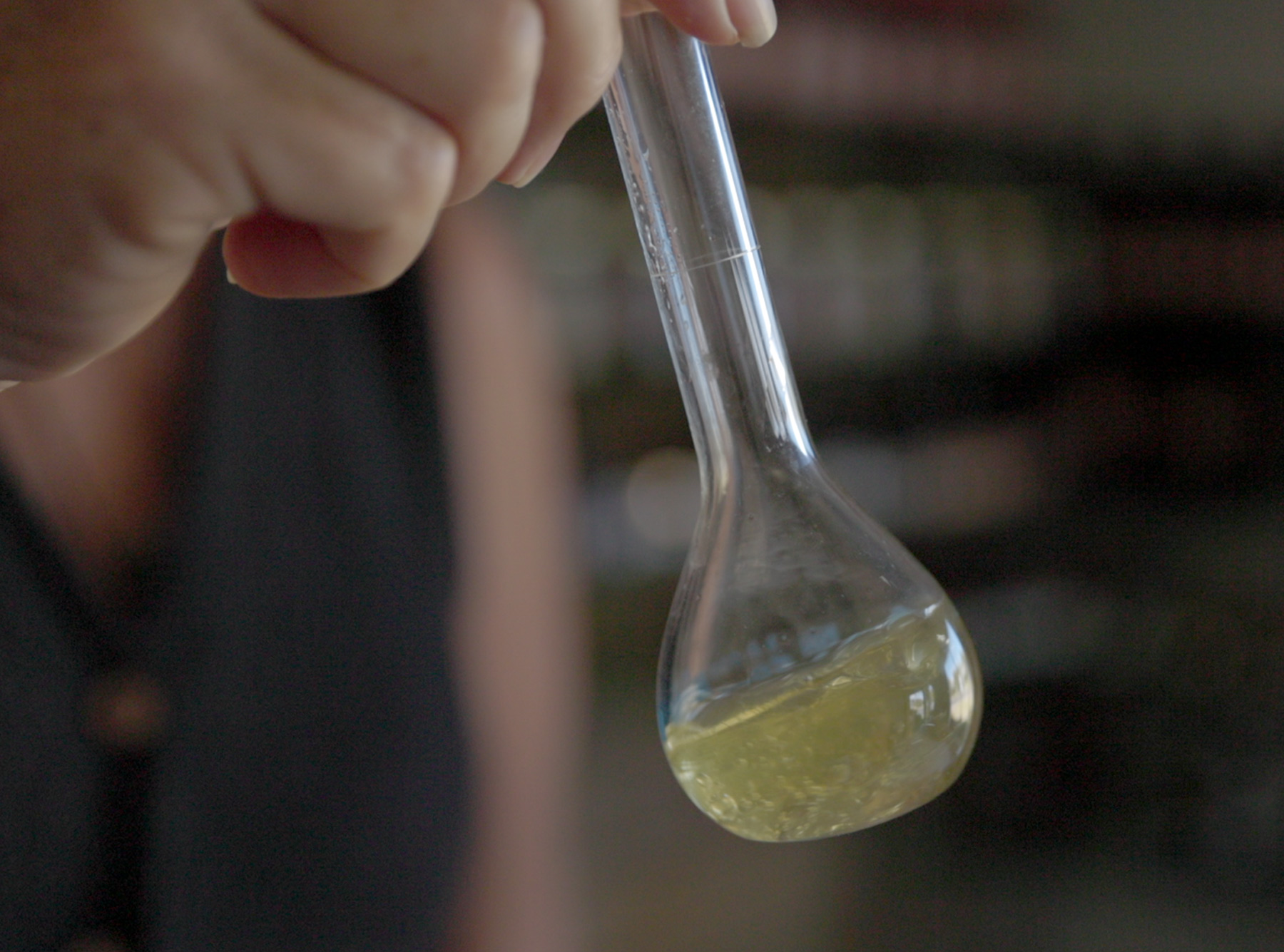
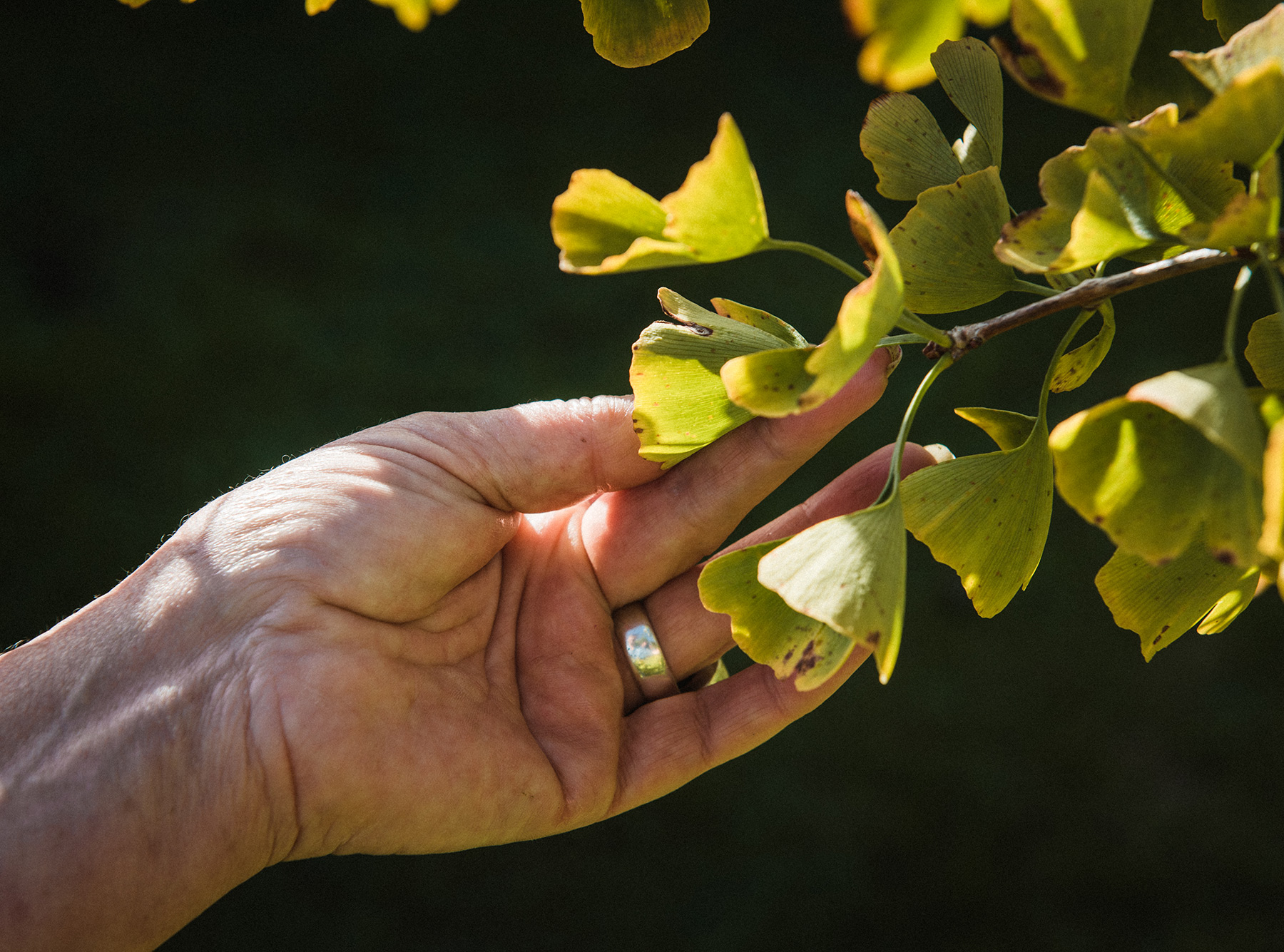
What Can You Distil?
Almost anything—distillation is incredibly versatile. It is an evolving practice that showcases a very special meeting between science and plants.
At The Alembics Lab, we focus on the practical applications of distilling—teaching you a range of techniques, and showing you how they are best applied to extract aroma and flavour. You will be surprised what can be successfully distilled if you know the best way to go about it. You can use a vast array of different plant materials, and combinations of leaves, flowers, berries, roots and barks, or explore using unusual ferments like carrots and coffee.
The world of aromatic distillation is rich with possibilities, and ripe for experimentation.
Extracting Flavour
& Aroma
Distillation is just one of the techniques for extracting flavour and aroma from plants, washes and ferments.
With us, you can also explore other methods of extraction, like enfleurage, tincturing, and cold extraction, as well as using quintessences (distilled tinctures) for blending the perfect gin. We can show you how to use these processes in combination to expand your aromatic toolkit.
Have you ever wanted to capture the scent of the forest floor? You can use a combination of tincturing and distilling. Swiping a handful of fallen leaves, steeping them in alcohol and then distilling the tincture yields intriguing results and is a wonderful snapshot of time and place.
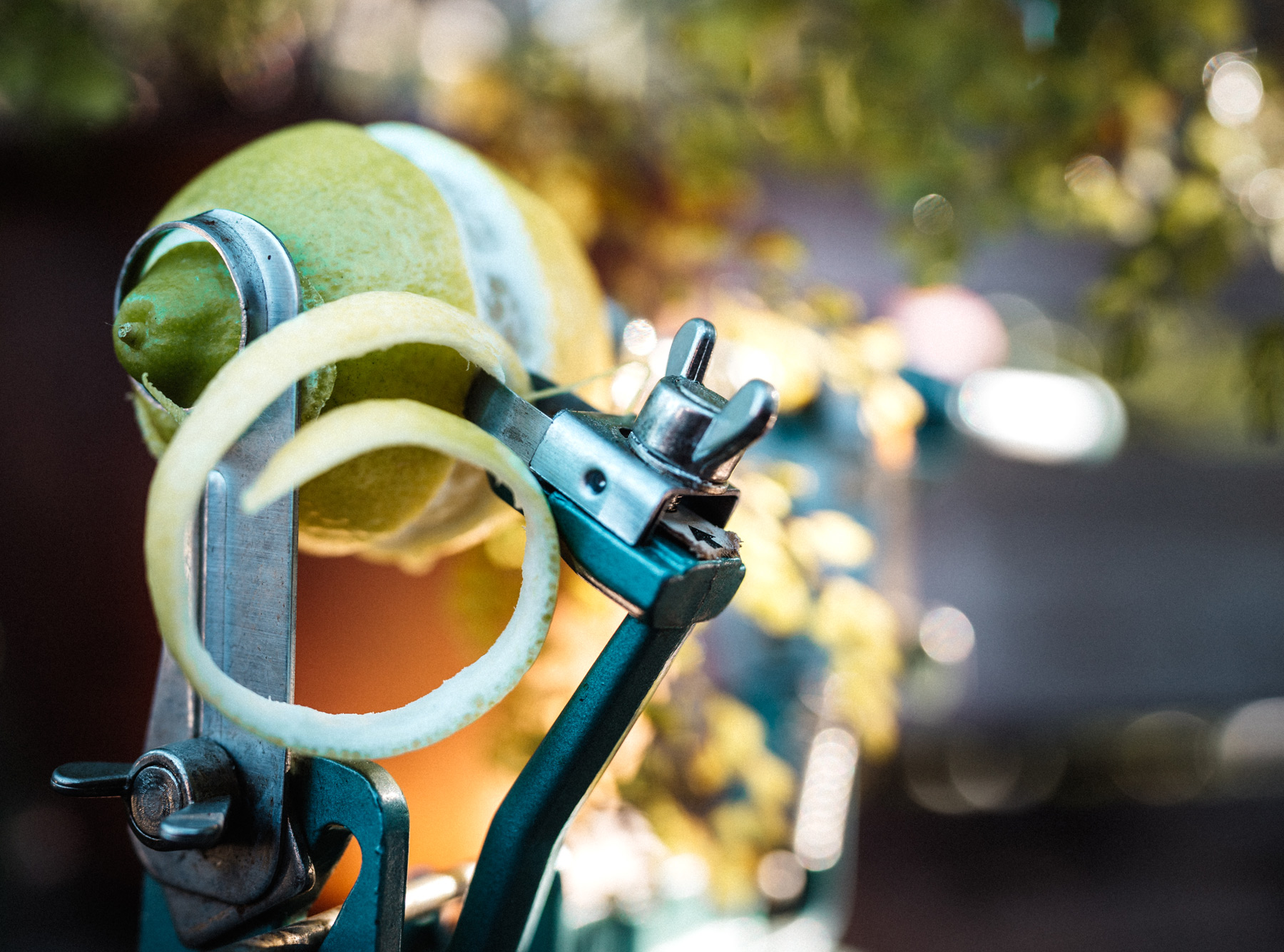
Knowing your botanicals is key
Understanding the plants you’re working with is key to knowing which techniques work best to extract their particular flavour and aroma. Learning how to taste a botanical will tell you a lot about its potential. There’s also detailed information on many plants and their uses—including flavour and aroma profiles in our Encyclopedia Botanica. These are our favourite botanicals, and we encourage people to explore their surrounding environments, and learn from what grows around them.
An important note on distilling alcohol
The laws governing distilling alcohol at home are different in different countries and States. Here in New Zealand, private distilling was fully legalised in 1996, leading to a blossoming in the availability of home-distilling knowledge, and partly fueling the boom in interest we see today. Those of us lucky enough to live here can distil how much alcohol we want, as long as we don’t sell it. But in Colorado, for example you can grow your own marajuana, brew your own beer and make your own wine, but it is illegal to distil spirits. You must check with your own local laws as to the legality of distilling alcohol in your own home.
Types of Stills
Click on the stills below to see more detailed diagrams.
Stills come in many shapes and sizes, and different materials. These stills are the ones most commonly used in The Alembics Lab. You can find out more about which is best suited for your purpose in our free introductory course here.
Copper or Stainless Steel?
The very first stills unearthed almost 4000 years ago were ceramic, and there are those who even use glass, but the main choice faced by home distillers today is ‘copper or stainless steel’? Both are good options for home distilling, and the choice is personal one. Stainless steel is modern and economical, while copper is an alluring material with a long tradition behind it.
When humans began working with metals, they found that the excellent conductivity and antibacterial properties of copper were well-suited to distilling. It was relatively easy to work into shape, the copper reacted with many of the sulphurous compounds, stripping away bad odours, and the end result was beautiful.
Stainless stills are a great choice for larger steam distillations of essential oils, especially for those few oils that react with copper—and for producing high-proof base alcohols. The choice depends on your purpose and preference. So it’s up to you. The warm gleam of copper, or the clean economy of stainless?


